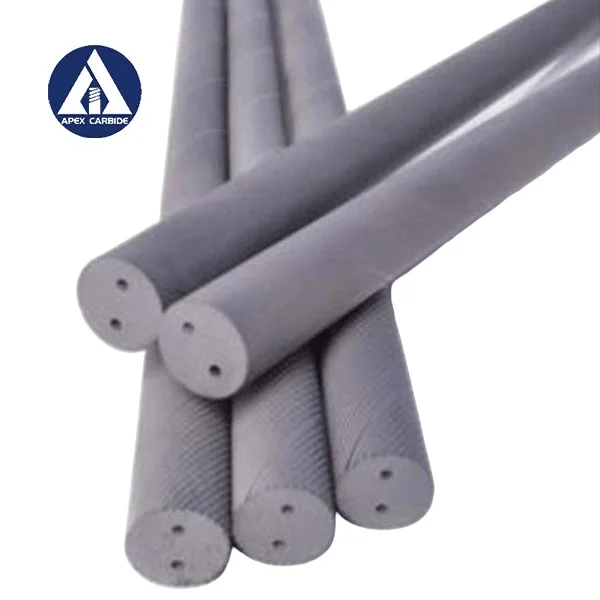In the realm of polymer science, rubber stands out as a versatile material with a myriad of applications, from automotive tires to medical devices. However, the performance of rubber can be significantly enhanced through the use of boosting agents. This article delves into the intricacies of what boosting rubber does, exploring its mechanisms, benefits, and implications for various industries.
Understanding Rubber and Its Composition
Rubber, primarily composed of natural or synthetic elastomers, exhibits unique properties such as elasticity, resilience, and durability. However, these properties can vary widely based on the formulation and processing techniques used. To optimize rubber for specific applications, manufacturers often incorporate various additives, including boosting agents.
What Are Boosting Agents?
Boosting agents are chemical compounds added to rubber formulations to enhance specific properties, such as strength, elasticity, and resistance to wear and aging. These agents can be categorized into several types, including:
- Plasticizers: These substances increase the flexibility and workability of rubber, making it easier to process and mold.
- Fillers: Materials like carbon black and silica are added to improve mechanical properties and reduce production costs.
- Curing Agents: Also known as vulcanizing agents, these compounds facilitate the cross-linking of rubber molecules, enhancing thermal stability and mechanical strength.
Mechanisms of Boosting Rubber
The effectiveness of boosting agents lies in their ability to interact with the rubber matrix at a molecular level. For instance, when carbon black is added as a filler, it not only reinforces the rubber but also enhances its resistance to abrasion and tear. The surface area and structure of the filler particles play a crucial role in determining the extent of reinforcement.
Moreover, plasticizers work by reducing intermolecular forces within the rubber, allowing for greater mobility of the polymer chains. This results in improved flexibility and lower processing temperatures, which are essential for manufacturing complex rubber products.
Benefits of Boosting Rubber
The incorporation of boosting agents in rubber formulations offers numerous advantages:
- Enhanced Performance: Boosting agents can significantly improve the mechanical properties of rubber, including tensile strength, elongation at break, and tear resistance. This is particularly important in applications where durability and reliability are paramount, such as in automotive and aerospace industries.
- Cost Efficiency: By using fillers and plasticizers, manufacturers can reduce the amount of expensive elastomers needed in the formulation. This not only lowers production costs but also makes the final product more competitive in the market.
- Tailored Properties: Different applications require specific rubber characteristics. Boosting agents allow manufacturers to customize the properties of rubber to meet the demands of various industries, from high-performance tires to medical-grade elastomers.
- Improved Processability: The addition of boosting agents can enhance the flow characteristics of rubber during processing, leading to better mold filling and reduced cycle times in manufacturing.
Applications Across Industries
The benefits of boosting rubber extend across multiple sectors:
- Automotive: In tire manufacturing, boosting agents enhance wear resistance and improve fuel efficiency by reducing rolling resistance.
- Construction: Rubber used in seals and gaskets benefits from increased durability and resistance to environmental factors.
- Medical: In medical devices, boosting agents ensure that rubber maintains its integrity and performance under various conditions, including exposure to sterilization processes.
Conclusion
Boosting rubber through the use of specialized agents is a critical aspect of modern rubber production. By understanding the mechanisms and benefits of these additives, manufacturers can create high-performance rubber products tailored to meet the specific needs of various industries. As technology advances, the development of new and improved boosting agents will continue to play a pivotal role in enhancing the capabilities of rubber, ensuring its relevance in an ever-evolving marketplace.



